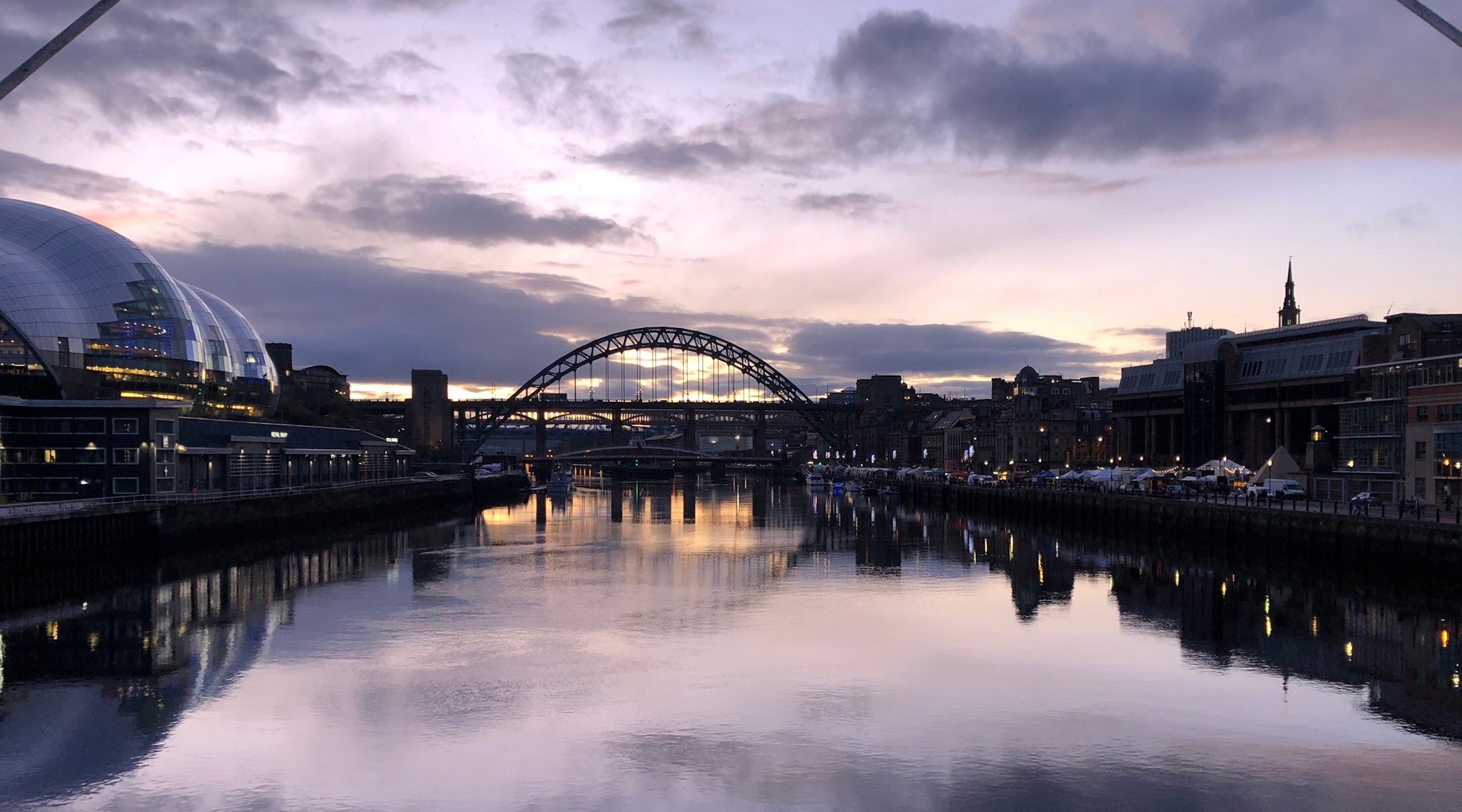
LONDON (JTA) — Newcastle, the heart of northeast England, is not a small city with its approximately 300,000 inhabitants.
But to the few British Jews that cast their eyes northward from Manchester and London, the city is little more than what it was in Roman times – an outpost straddling the edges of Hadrian’s Wall.
To the Romans, Hadrian’s Wall marked the edge of the civilized world. To many Jews in London, Newcastle might as well be the edge of the Jewish world.
The some 600 overlooked Jews who call Newcastle home are a microcosm of the challenges that have affected U.K. Jewish communities outside the London “Bagel Belt”: how to sustain a shrinking and aging community. Yet just across the slow-running River Tyne, the redbrick houses of Europe’s last great yeshiva town are visible in the smaller neighboring city of Gateshead.
As if etched from an Isaac Bashevis Singer story, Gateshead is where prayer and Yiddish jokes escape through the open windows of the town’s multiple yeshivas, and where on a Friday evening black-frocked Talmud scholars sprint home to place Shabbat candles in windows. The Tyne crossing takes you to a different Jewish world.
Perhaps it was always meant to be this way — Gateshead was founded, so the histories go, by a shocked and dismayed group of Lithuanian Jews who, having stepped off the bows of the ships that ferried Jews from the Russian Baltic to the beating heart of industrial England, thought that the Newcastle community had anglicized to such a degree that they had lost their “authentic” connection with Judaism.
No comments:
Post a Comment